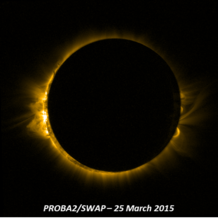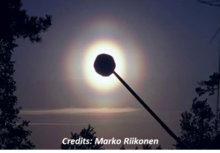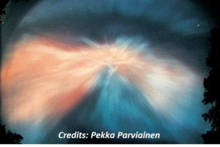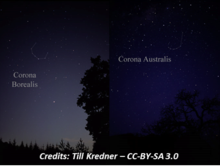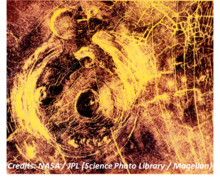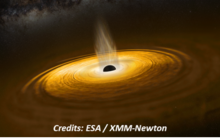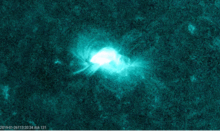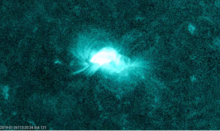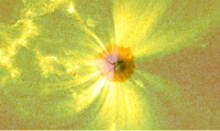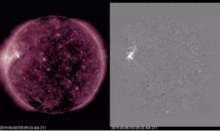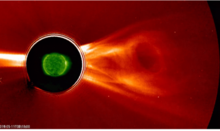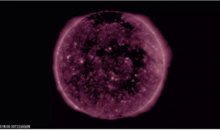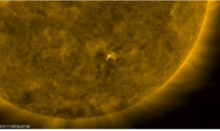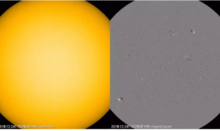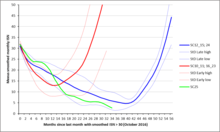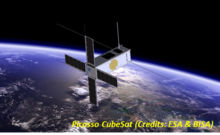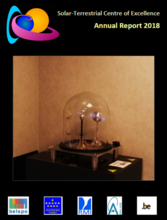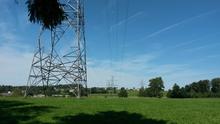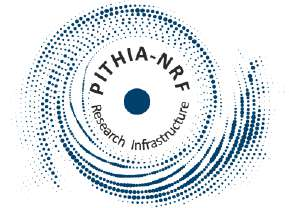news
Submitted on 2020-04-15
Your favorite antidote against the corona boredom has arrived! Counting sunspots had already been turned into a citizen science project "Val-u-Sun" last year, but is now also available in Nederlands and en Français!
Submitted on 2020-04-08
NOAA 2759 was a small sunspot group from the new solar cycle 25. Using the JHelioviewer software, some movies were created showing the 5 B-class flares that it has produced during its transit so far.
Submitted on 2020-03-31
Staying with the buzzword of our times, the word "corona" is being used very often in astronomy too. An overview.
Submitted on 2020-03-26
A compilation of the most memorable space weather moments of 2019, featuring data, links and movies.
Submitted on 2020-03-17
Based on the location and number of high-latitude sunspot groups, as well as the current level of sunspot numbers, a solar cycle minimum between September 2019 and February 2020 seems very likely.
Submitted on 2020-03-12
The now spotless active region NOAA 2758 produced a B-class flare on 11 March. The region belongs to the new solar cycle 25.
Submitted on 2020-02-25
Due to server restructuring at the SIDC, the old space weather newsitems have been moved to the STCE website thus preserving them from a certain extinction.
Submitted on 2020-02-11
The Journal of Space Weather and Space Climate (JSWSC) has opened a new Topical Issue on "Space Weather Instrumentation" to appear in 2020/2021.
Submitted on 2020-01-15
The STCE Annual Report is now available, covering again a wide variety of research topics as well as typical examples of life at the STCE.
Submitted on 2020-01-02
The Journal of Space Weather and Space Climate (JSWSC) has opened a new Topical Issue entitled "Geomagnetic Storms and Substorms: a Geomagnetically Induced Current perspective".
Pages
Zircon - This is a contributing Drupal Theme
Design by
WeebPal.















